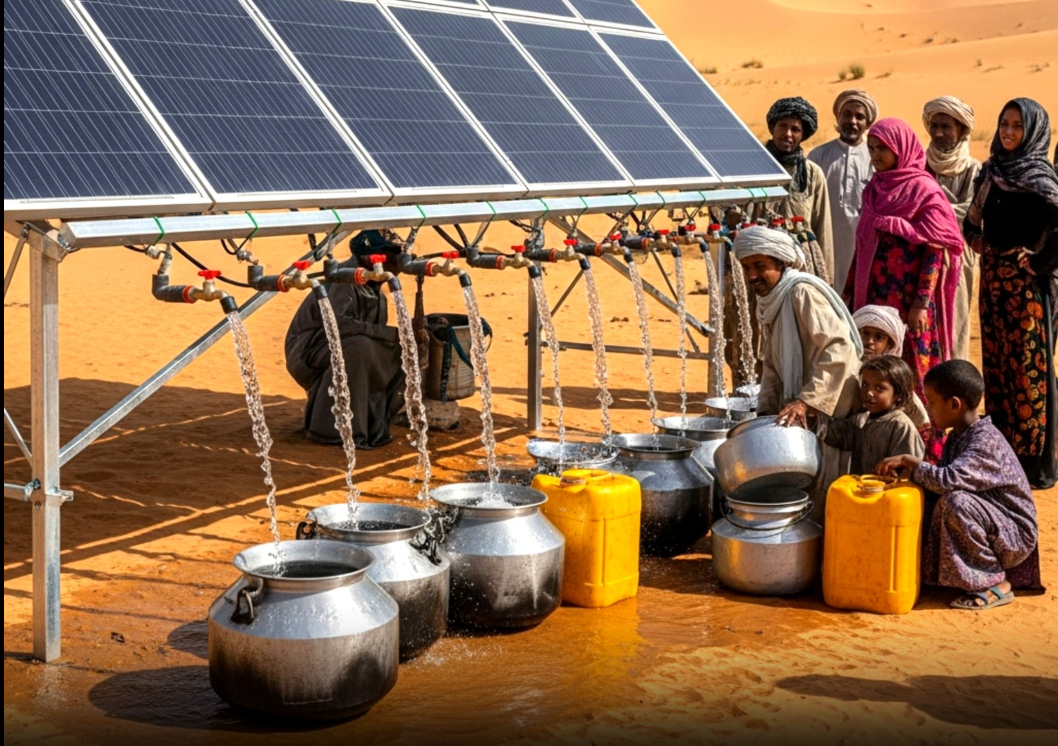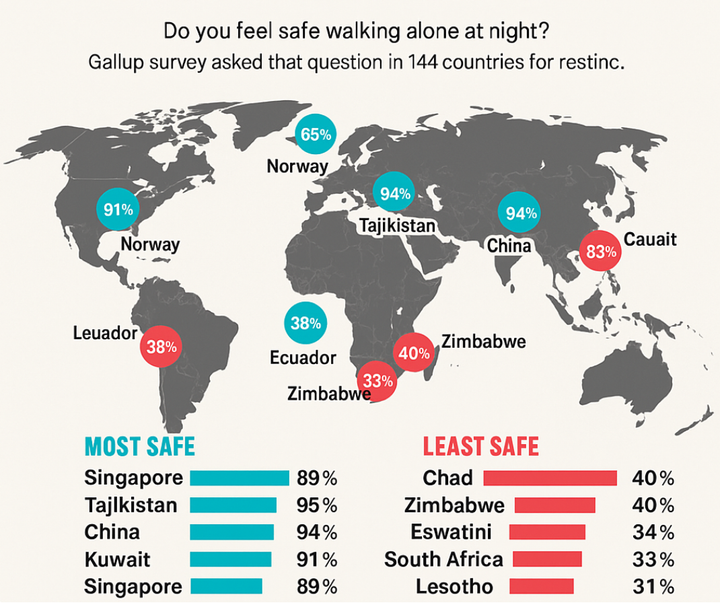New Solar Panel Makes Drinking Water from the Air

A breakthrough in off-grid hydration technology
Clean drinking water is one of the hardest problems to solve in remote or drought-stricken regions.
A new invention from researchers at Arizona State University and SOURCE Global is showing what the future of water access might look like.

It is called a hydropanel, and it produces drinkable water using nothing more than sunlight and the natural moisture in the air.
How the hydropanel works
The panel uses solar energy to heat and condense the water vapor found in the atmosphere. Even in places that feel bone dry, there is always some humidity suspended in the air.
The hydropanel pulls that moisture inside a sealed chamber, warms it with sunlight, and then condenses it into clean liquid water.
The entire process is self powered, requires no electrical connection, and needs no outside fuel.

Each unit can produce several liters of drinking water per day.
In off-grid environments, that amount can be life changing.
Built for remote and arid environments
The hydropanel is already being deployed in remote villages where wells are unreliable or where groundwater has been contaminated.
Because the device runs independently of the electrical grid, it offers a stable source of water in places where traditional infrastructure cannot reach.
Even more impressive, the system is designed to operate in extremely dry climates.
The technology does not rely on high humidity, so communities in deserts or regions with seasonal drought can still generate usable water.
Why this matters
For isolated communities, disaster zones, and off-grid homesteads, water security is often the number one challenge.
A device that captures clean drinking water directly from the air opens new options for resilience and self reliance.
It reduces dependence on bottled water shipments, fragile wells, or unstable municipal systems.
The hydropanel is not a futuristic concept. It is already in the field, already producing water, and already helping people who need it most.
It represents a practical step toward a world where everyone can secure their own clean water supply, no matter where they live.



Comments ()